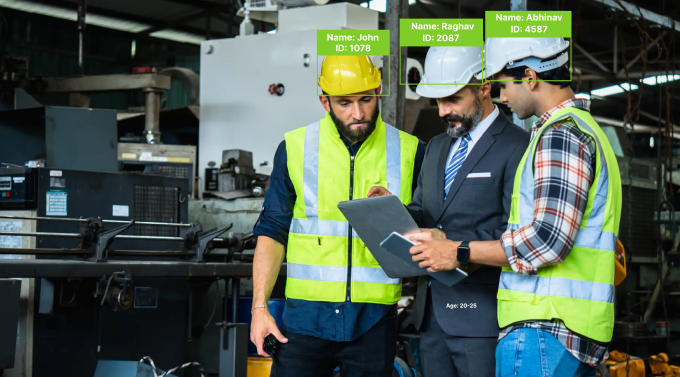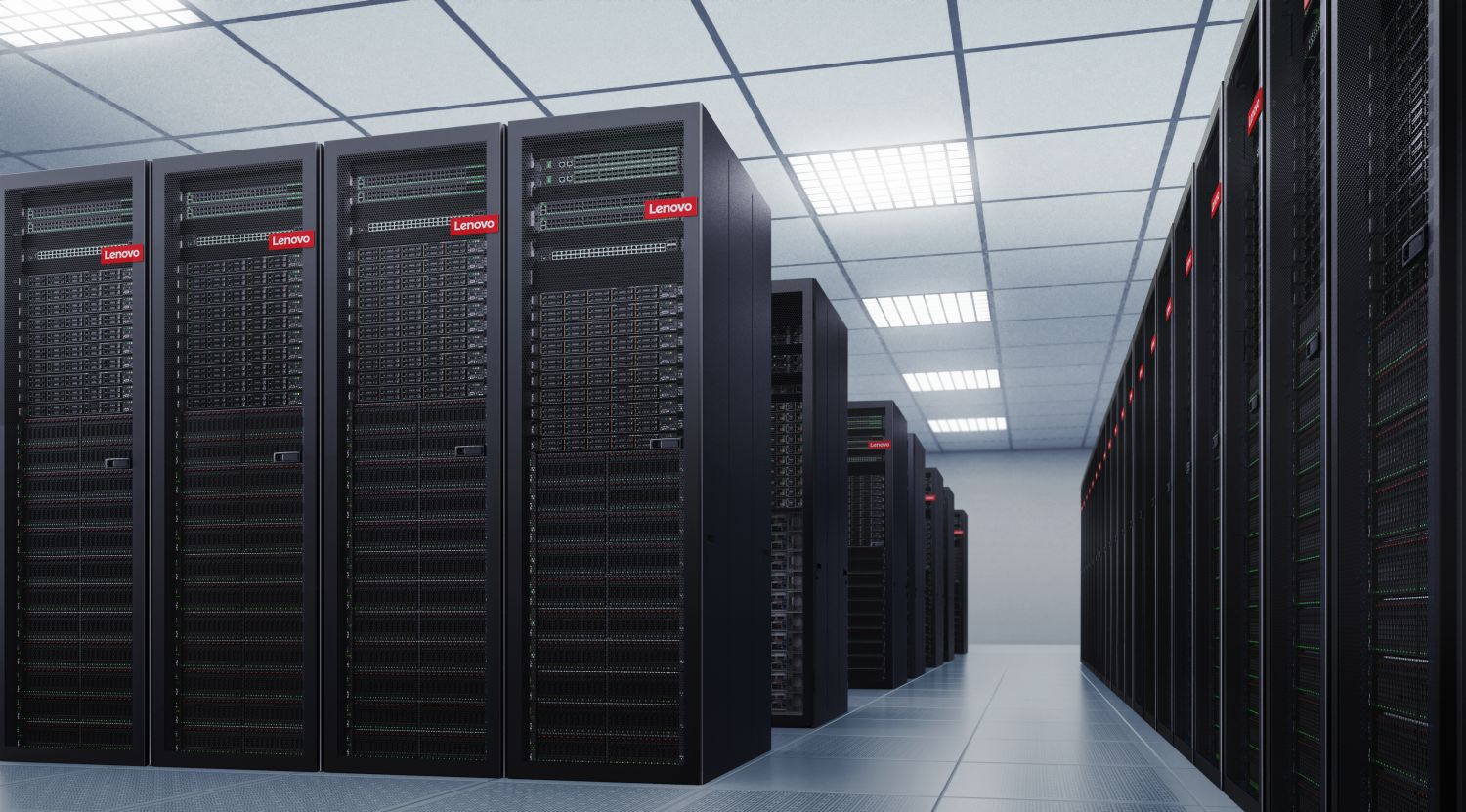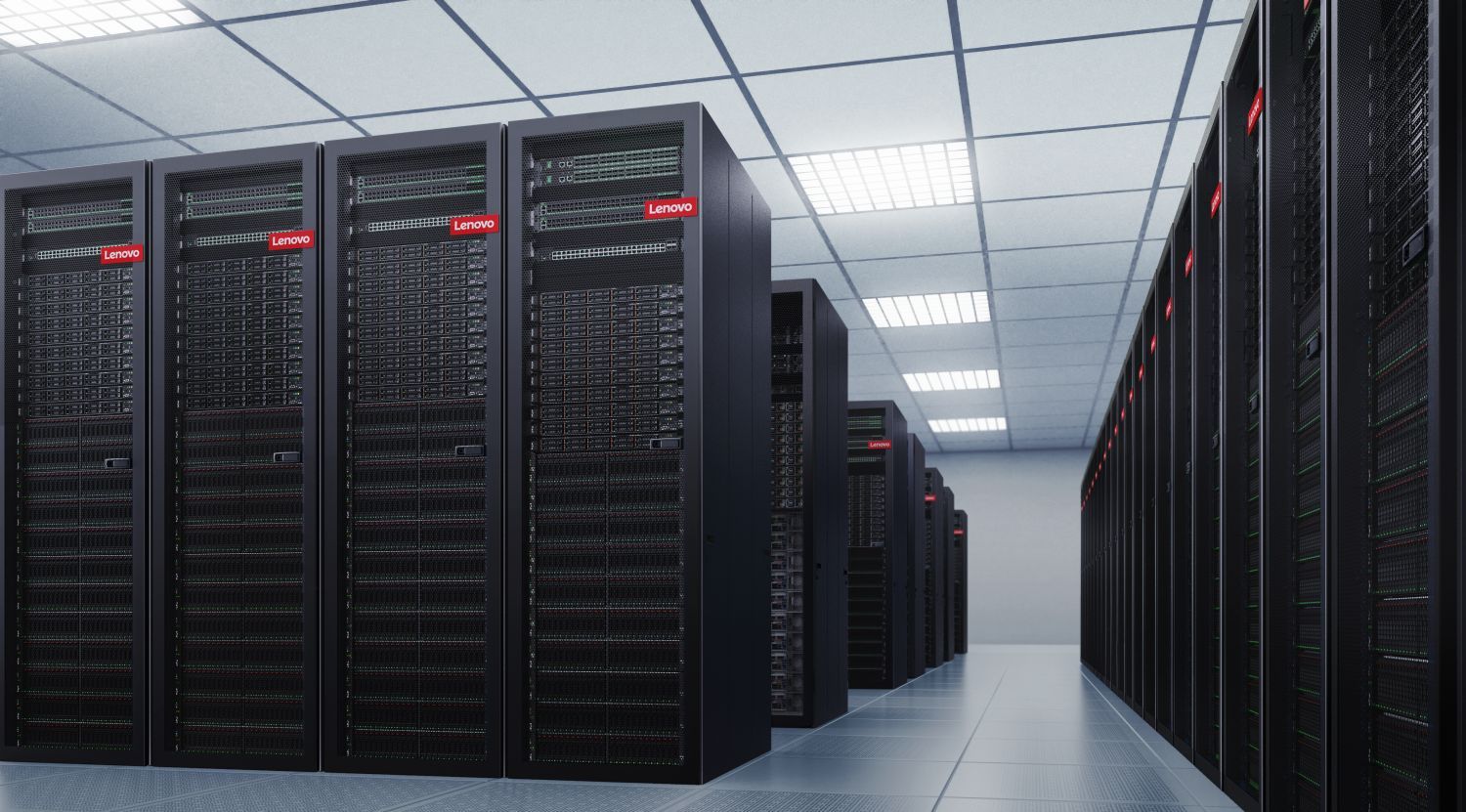Leveraging AI Video Analytics for the Manufacturing Industry

The manufacturing industry has always been at the forefront of adopting new technologies to improve efficiency, safety, and productivity. In recent years, one of the most transformative technologies making a significant impact is artificial intelligence (AI) coupled with video analytics. This powerful combination has revolutionized various aspects of manufacturing, from quality control and predictive maintenance to safety compliance and operational efficiency.
The Role of AI Video Analytics
AI video analytics software involves the use of AI algorithms to analyze video footage in real-time or from recorded feeds. This technology goes beyond simple motion detection; it can identify patterns, detect anomalies, recognize objects, and even interpret complex scenarios. In manufacturing, AI video analytics can be applied in several key areas:
Quality Control and Inspection:
- Automated Defect Detection: AI video analytics can inspect products on the production line in real-time, identifying defects that might be missed by human inspectors. This ensures higher product quality and reduces the rate of defective products reaching customers.
- Consistency Monitoring: By continuously monitoring the manufacturing process, AI can ensure that products are consistently produced to the required specifications, reducing variability and maintaining high standards.
Predictive Maintenance:
- Equipment Monitoring: AI video analytics can monitor machinery and equipment for signs of wear and tear. By analyzing visual indicators such as unusual vibrations, overheating, or leaks, it can predict when maintenance is needed before a breakdown occurs.
- Downtime Reduction: Predictive maintenance helps in scheduling repairs at optimal times, reducing unexpected downtime and maintaining continuous production flow.
Safety and Compliance:
- Hazard Detection: AI can identify potential safety hazards on the production floor, such as spills, misplaced objects, or malfunctioning equipment. Immediate alerts can be sent to address these issues, preventing accidents.
- Worker Safety Monitoring: By analyzing video feeds, AI can ensure workers are following safety protocols, such as wearing protective gear and adhering to safe work practices. It can also monitor for fatigue and unsafe behaviors.
Operational Efficiency:
- Process Optimization: AI video analytics can analyze the entire production process, identifying bottlenecks and inefficiencies. By optimizing workflows and resource allocation, manufacturers can increase throughput and reduce waste.
- Inventory Management: Monitoring storage areas and inventory levels, AI can predict stock shortages or overflows, ensuring optimal inventory levels and reducing storage costs.
Implementation Challenges and Solutions
While the benefits of video analytics are clear, implementing this technology in the manufacturing industry comes with challenges:
Integration with Existing Systems:
- Compatibility Issues: Many manufacturing facilities use legacy systems that may not be compatible with modern AI technologies. To address this, manufacturers can adopt middleware solutions that bridge the gap between old and new systems, ensuring smooth integration.
- Data Silos: AI systems require access to various data sources. Breaking down data silos and enabling seamless data flow across the organization is crucial for effective AI implementation.
Data Quality and Management:
- Data Volume: Manufacturing environments generate vast amounts of video data. Efficient data management practices, including robust storage solutions and data compression techniques, are essential.
- Labeling and Training Data: High-quality labeled data is necessary to train AI models. Investing in data labeling tools and services can accelerate the training process and improve model accuracy.
Scalability:
- Hardware Requirements: AI video analytics requires significant computational power. Scalable cloud-based solutions or edge computing can provide the necessary resources without a substantial upfront investment in hardware.
- Network Infrastructure: High-resolution video streams demand robust network infrastructure. Upgrading to high-speed networks and implementing efficient data transfer protocols can support scalable video analytics.
Security and Privacy:
- Data Security: Protecting sensitive video data from cyber threats is paramount. Implementing strong encryption, access controls, and regular security audits can safeguard data integrity.
- Privacy Concerns: Monitoring workers with video analytics raises privacy issues. Establishing clear policies, obtaining consent, and anonymizing data where possible can address these concerns.
Case Studies and Real-World Applications
Several manufacturing companies have successfully implemented video analytics, demonstrating its practical benefits:
Automotive Manufacturing:
- A leading automotive manufacturer uses AI video for real-time quality inspection on its assembly lines. The system detects surface defects on car bodies with high accuracy, significantly reducing the need for manual inspections and rework.
Food and Beverage Industry:
- A food processing company utilizes AI to monitor production lines for contamination and compliance with hygiene standards. The system identifies foreign objects and ensures workers adhere to strict sanitary practices, enhancing product safety.
Electronics Manufacturing:
- An electronics manufacturer employs video analytics to monitor soldering processes. The AI system detects soldering defects and ensures precise component placement, improving the reliability of electronic devices.
The Future of AI Video Analytics in Manufacturing
The future of AI video analytics in manufacturing is promising, with advancements poised to bring even more sophisticated capabilities. Some emerging trends include:
Edge Computing:
- Processing video data at the edge, closer to where it is generated, reduces latency and bandwidth usage. This enables real-time analytics and faster decision-making, crucial for time-sensitive manufacturing processes.
Advanced AI Models:
- The development of more advanced AI models, such as deep learning and reinforcement learning, will enhance the accuracy and capability of video analytics. These models can handle more complex tasks, from intricate defect detection to autonomous process optimization.
Integration with IoT:
- Combining AI video analytics with the Internet of Things (IoT) creates a powerful ecosystem for smart manufacturing. IoT devices can provide additional data points, enriching video analytics insights and enabling more comprehensive monitoring and control.
Collaborative Robots (Cobots):
- AI video analytics can enhance the functionality of cobots, allowing them to work more safely and efficiently alongside human workers. Cobots equipped with advanced vision systems can perform intricate tasks, further augmenting human capabilities.
Conclusion
AI video analytics is transforming the manufacturing industry, offering substantial benefits in quality control, predictive maintenance, safety compliance, and operational efficiency. Despite the challenges in implementation, the advantages far outweigh the hurdles. As technology continues to evolve, the integration of video analytics will become even more seamless and powerful, driving the manufacturing sector towards greater innovation and productivity. Embracing this technology not only enhances competitiveness but also sets the stage for a future where intelligent, automated manufacturing processes are the norm.




